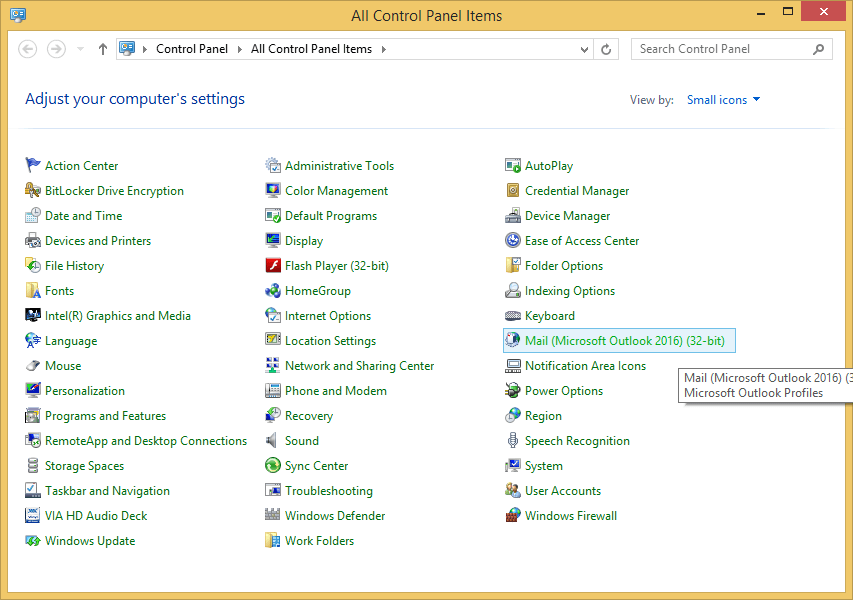

- #Office 365 outlook troubleshooting tool full#
- #Office 365 outlook troubleshooting tool license#
- #Office 365 outlook troubleshooting tool Offline#
- #Office 365 outlook troubleshooting tool download#
If there are known issues with the servers that host your tenant (remember, using Office 365 means your organization is using a global service with millions of servers, so some users might see an issue while others do not), you should see a notice in the dashboard.

If you suspect a problem with any of the components of the Office 365 service itself, the first place you should look is the Service Health Dashboard, available at.

#Office 365 outlook troubleshooting tool Offline#
You’ll want to know statistics about your current usage, like your working hours, current bandwidth, number of mobile devices, number of calendar meetings, average mailbox size and size of your offline address book (OAB). This is an Excel spreadsheet that can help predict performance and suggest the bandwidth you need based on your organization’s usage profile. For Exchange, you can use the Exchange Client Network Bandwidth Calculator, available at.Microsoft offers some calculators that will help you understand what type of connection you need: In reality, it’ll take much longer due to connection overhead and the fact that, unless you manage the process well, all of your clients will attempt to upload all of their data at the same time, causing throttling. At 10 Mbps, you’ll need nearly 49 hours of sustained upload.

If you have 50 users and all of them have 4GB of mail, which would not be an unreasonable assumption these days, then you need to upload 200GB of mail. When you sign up for Office 365, you will almost certainly want to bring your existing mail and calendar data into Exchange Online, or at least some subset of it. Your initial migration of data to the service requires a lot of bandwidth.
#Office 365 outlook troubleshooting tool full#
(Bandwidth and latency are different but related: Bandwidth is like how many lanes there are on a highway, while latency is how long it takes a car to get from point A to point B.) If your connection doesn’t satisfy either of these demands, then your users’ video and audio chats will be full of distortion and stutter. Skype for Business or Teams conferences both depend on enough bandwidth to handle an uninterrupted stream of video traffic and a connection with low latency. Real-time audio and video conference demands a high-quality, low-latency connection.Just two or three large attachments can saturate a 10 Mbps connection, which is a typical upload rate on business broadband connections these days. Outlook is a very chatty program, and large attachments are still a preferred way of sharing documents and other files. Regular use of Outlook eats up a lot of bandwidth.Enterprises with fast, dedicated fiber connections can have a vastly different experience than a small office running over a 5 Mbps DSL circuit over copper, for several reasons: One of the major pain points that some Office 365 users suffer from is a lack of bandwidth - more specifically, insufficient upstream bandwidth from the client site to the nearest Microsoft datacenter. Microsoft Support and Recovery Assistant for Office 365 Understanding Bandwidth Requirements and Issues
#Office 365 outlook troubleshooting tool license#
It will go through an installation process, prompt you to accept a license agreement, and then present you with the main screen below, which asks you to select the Office 365 app you’re experiencing problems with, such as Outlook, OneDrive for Business or SharePoint:įigure 1.
#Office 365 outlook troubleshooting tool download#
Before you can use the Support and Recovery Analyzer, you need to download it from. The Microsoft Support and Recovery Analyzer can run diagnostic tests to identify and, in some cases, automatically resolve issues with local application configurations. Using Microsoft Support and Recovery Analyzer for Office 365


 0 kommentar(er)
0 kommentar(er)
